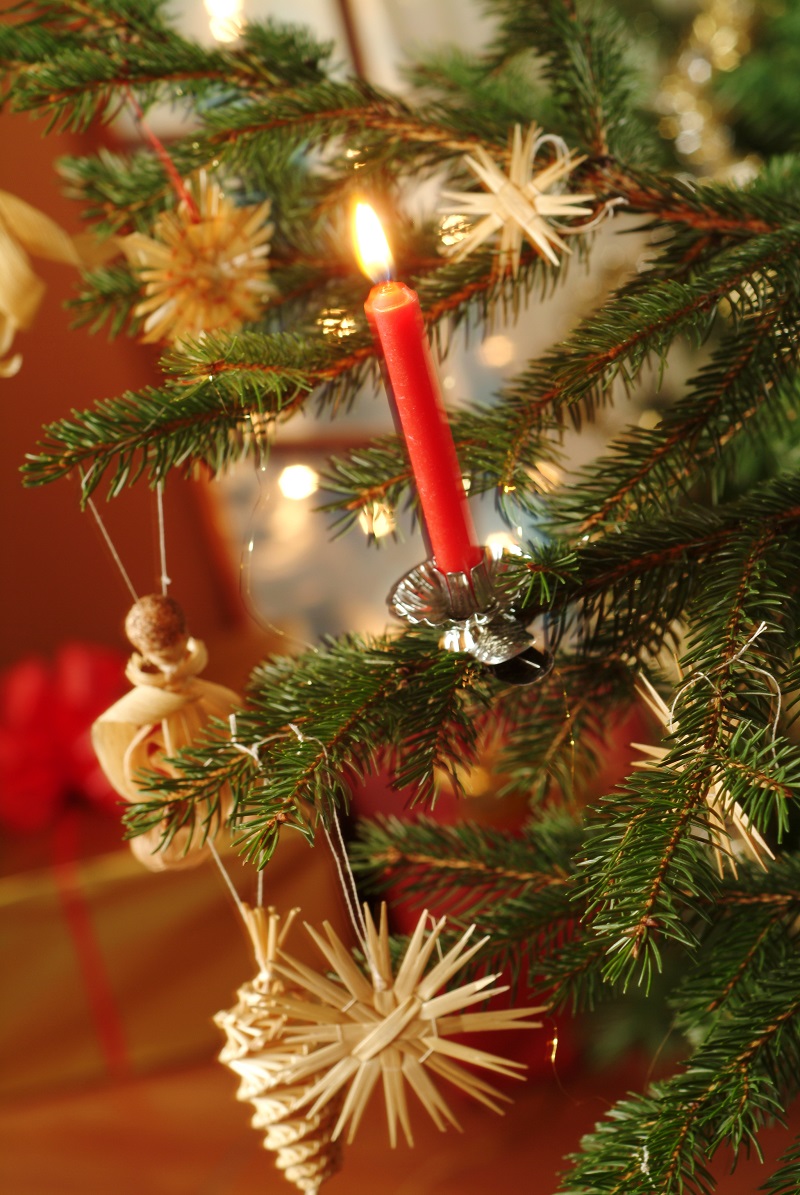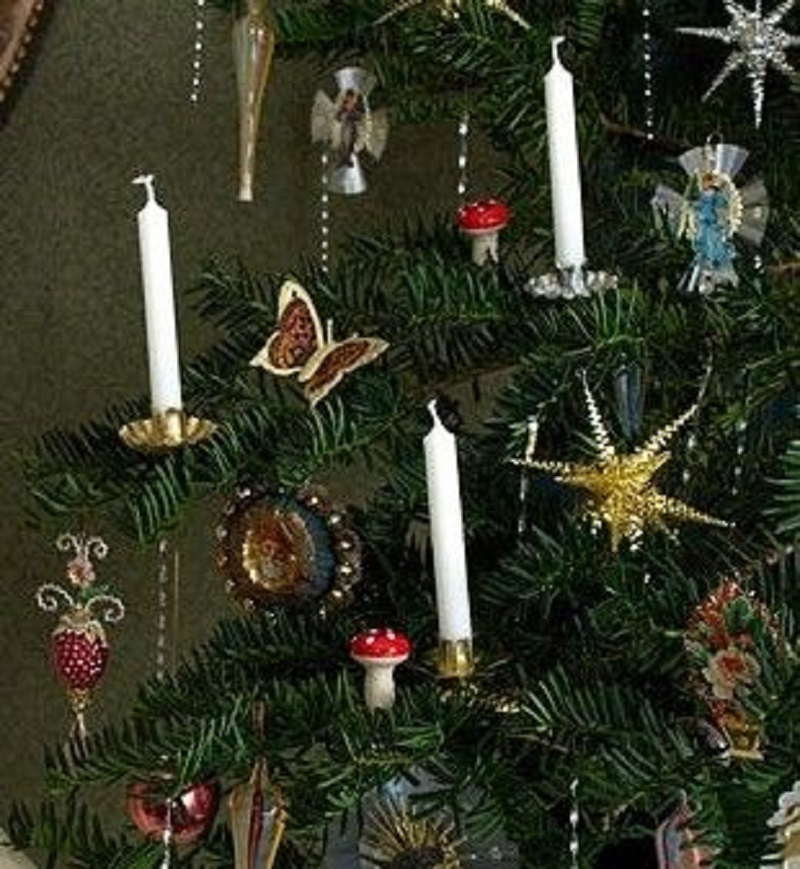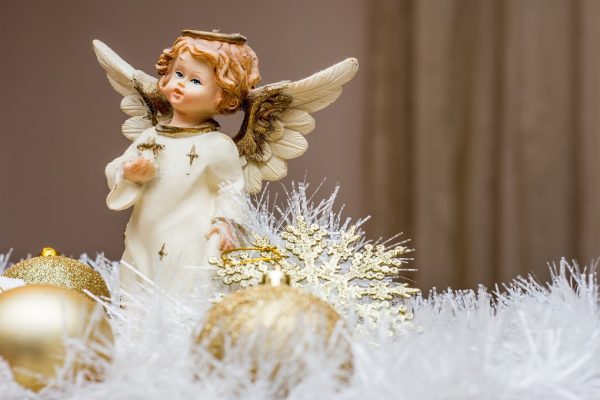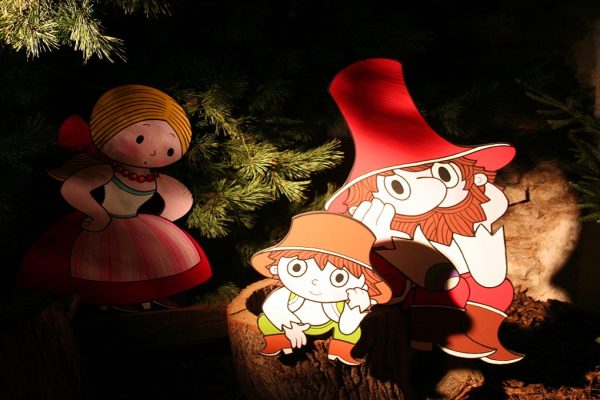On December 22nd, 1812, the director of the Estates Theatre in Prague, Jan Karel Liebich, made history by introducing the first recorded Christmas tree to Czech soil. Despite resistance from Czech national revivalists, a group dedicated to preserving Czech traditions, Christmas trees gradually gained popularity and became widespread by the mid-20th century. Czech national revivalists resisted the introduction of Christmas trees because they viewed them as a German custom with no connection to Czech traditions. They also viewed it as the German import damaging local woodlands.
They sought to preserve and promote distinctly Czech cultural practices and were wary of foreign influences, particularly those from Germany. The struggle against the “German” Christmas tree was part of their efforts to safeguard and promote a uniquely Czech identity.
The First Christmas Tree
Contrary to what you might think, these evergreen wonders haven’t graced Czech homes since dawn. Today’s post begins in the 19th century, when the illustrious Jan Karel Liebich, director of the Estates Theater, unveiled the inaugural Czech Christmas tree spectacle in 1812, aiming to dazzle his esteemed guests.
The introduction of the beloved Czech tradition of Ježíšek (baby Jesus) delivering gifts coincided with the proliferation of Christmas trees, which emerged around the end of the 19th century.
In 1860, candles were lit on a tree in Bohemia for the first time ever.

During that era, tallow candles were crafted in molds by inserting a wick, and the mold was filled with heated tallow. Although these were cheaper than wax candles, they smoked and smelled a lot.
The tradition of using candles to light the Christmas tree dates back to the middle of the 17th century. The first country from which this custom spread to Eastern Europe was Germany. Candles were then glued to the tree branches with melted wax, or pins were attached. Candle holders were not used until 1890.

In the early nineteenth century, before the advent of stearin, people made candles by drawing. They discovered that drawing increased the clumping of the wax, prompting the development of a new method for making candles—casting them into molds. Pouring melted wax into molds allows candles to take on the most amazing shapes. For a long time, the most common shapes used included small, narrow rollers, the shapes we know from our grandmothers’ Christmas trees.
The provided excerpt offers just a glimpse into the extensive article. To unlock the full content, become a Patreon patron. Our team meticulously gathers and curates valuable information, sparing you hours, days, or even months of research elsewhere. Our goal is to streamline your access to the best of our cultural heritage. However, a portion of the content is locked behind a Patreon subscription to help sustain our operations and ensure the continued quality of over 1,200 pages of our work.
Alternatively, you can contribute through Venmo, PayPal, or by sending cash, checks, money orders. Additionally, buying Kytka’s books is another way to show your support.
Your contribution is indispensable in sustaining our efforts and allows us to continue sharing our rich cultural heritage with you. Remember, your subscriptions and donations are vital to our continued existence.




















